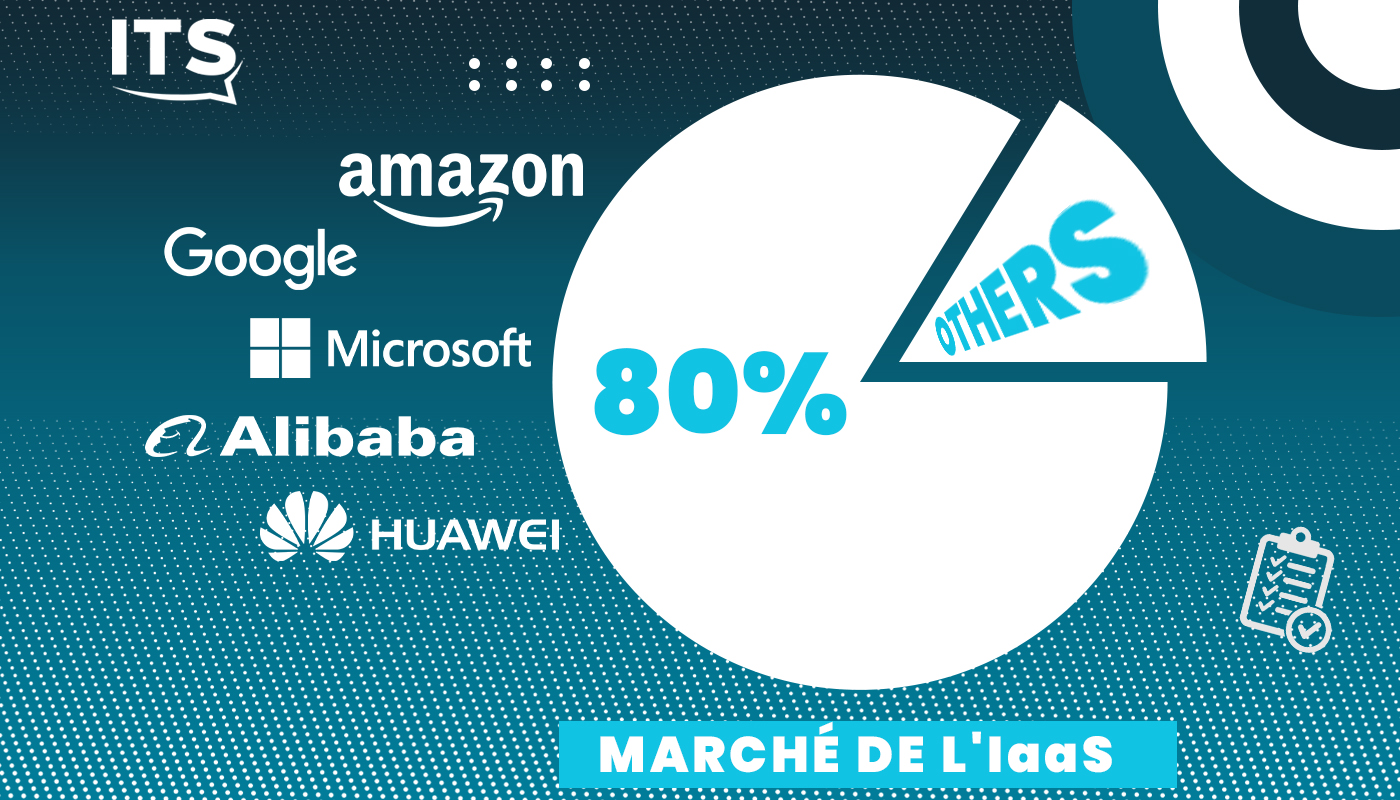Table of Contents
ToggleImpact of SaaS, PaaS, and IaaS Solutions on Digital Access
SaaS (Software as a Service), PaaS (Platform as a Service), and IaaS (Infrastructure as a Service) solutions are transforming the way we access digital resources. Thanks to these models, businesses can leverage applications, infrastructures, and platforms without having to invest heavily in physical equipment.
SaaS allows users to access applications directly via the cloud. This eliminates the need to install and update software on local devices. For example, tools like Salesforce and Google Workspace provide robust features with ease of access, increasing productivity and collaboration.
PaaS facilitates the development and deployment of applications by providing a hosting environment and integrated tools. Developers can thus focus on creating innovative products without worrying about managing the underlying infrastructures. Platforms like Heroku and Microsoft Azure exemplify this approach.
As for IaaS, it offers a flexible and scalable solution for infrastructure management. Companies can rent virtual servers and network resources on demand. This reduces operational costs while allowing for significant scalability flexibility. Amazon Web Services and Google Cloud Platform are representative examples of this model.
These cloud solutions also increase accessibility to cutting-edge technologies, allowing companies of all sizes to benefit from digital innovation. Cost optimization, reduced time to market, and the ability to focus on core business are key advantages.
- Accessibility: Remote access via the internet, facilitating collaborative work.
- Flexibility: Rapid adaptation to business needs by scaling on demand.
- Cost savings: Reduction of investment costs in physical infrastructure.
- Innovation: Access to advanced technologies without the need for internal expertise.
SaaS, PaaS, and IaaS solutions are strategic levers for companies looking to optimize their digital capacity and agility. By facilitating access and encouraging digital transformation, these models represent a major shift in how organizations interact with technology.
Evolution of Cloud Service Models
SaaS (Software as a Service), PaaS (Platform as a Service), and IaaS (Infrastructure as a Service) solutions are profoundly transforming the way we access digital services. By allowing companies to focus on their core business while outsourcing infrastructure management, these models reduce costs and increase agility. Organizations can thus develop and deploy applications more quickly and efficiently.
With SaaS, users benefit from online accessible applications without having to manage installation or maintenance. This broadens access to management, productivity, and collaboration tools, enabling even small businesses to utilize sophisticated software that was once reserved for large organizations.
PaaS provides a complete cloud development environment, simplifying the application creation process. Developers can focus on producing code and innovation, without worrying about managing servers, storage, or networks. This facilitates the implementation of innovative solutions that respond quickly to market needs.
Finally, IaaS allows companies to rent computing resources on demand, such as servers, storage, and networks. This model offers unprecedented flexibility: businesses can adjust their resources in real-time based on demand, thus reducing costs related to physical infrastructure.
The advantages of these solutions are numerous:
- Accessibility: Access to applications and resources via the Internet.
- Reduced cost: Elimination of expenses related to purchasing hardware and software licenses.
- Scalability: Easy adjustment of resources based on needs.
- Improved security: Dedicated providers managing risks and protecting data.
In the face of the rise of digital transformation, SaaS, PaaS, and IaaS models represent not just a technological advance but also a tailored response to contemporary challenges regarding access and digital management.
Accessibility and Flexibility for Users
SaaS (Software as a Service), PaaS (Platform as a Service), and IaaS (Infrastructure as a Service) solutions are profoundly transforming our way of accessing digital services. These models offer an innovative approach by making digital technologies more accessible to a wide range of users and businesses.
One of the main advantages lies in accessibility. Unlike traditional solutions that require heavy and costly installations, SaaS, PaaS, and IaaS services are typically available online, allowing users to access software and infrastructure from any device, at any time.
Flexibility is another crucial aspect. Businesses can easily adjust their use of cloud services according to their needs. For example, a growing company can easily acquire more IT resources through an IaaS model without having to invest in physical hardware. Moreover, updates and maintenance are generally managed by the provider, reducing the burden on internal IT teams.
Users also benefit from the ability to collaborate in real-time through SaaS tools. This facilitates teamwork, even remotely, and enhances project efficiency. The ability to work in a centralized cloud environment eliminates geographical constraints.
However, it is essential to consider certain challenges, such as:
- Concerns about cybersecurity and data protection.
- Managing resistance to change from employees towards adopting new technologies.
- Integration with existing systems and compatibility of new solutions.
In summary, SaaS, PaaS, and IaaS solutions pave the way for a democratization of access to digital tools, enabling greater innovation and growth opportunities for businesses of all sizes.









